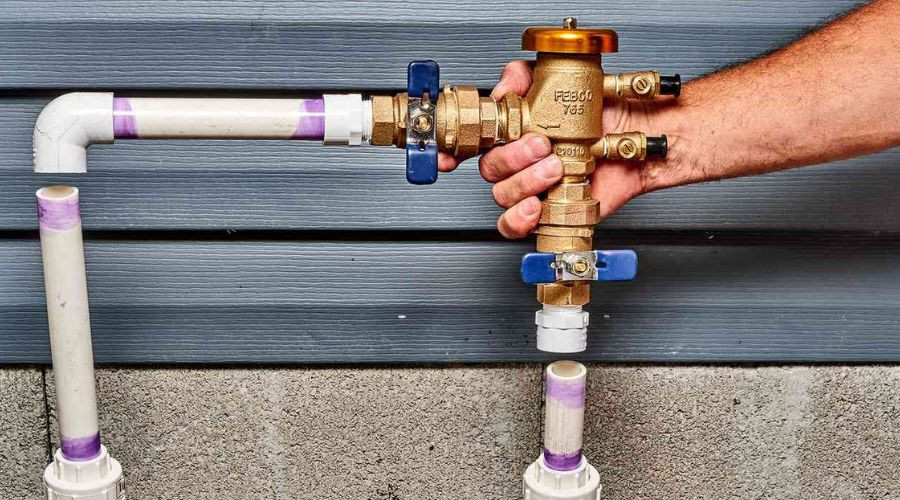Backflow and Backflow Testing Explained
Backflow refers to the unwanted flow of water in the wrong direction, which can lead to cross-contamination. Backflow prevention devices are an integral part of building codes, but that’s not to say they can’t malfunction and cause backflow to occur, so backflow testing is essential. This post will share the dangers of backflow, backflow testing, and the advantages of backflow testing.
What Makes Backflow So Dangerous?
 Backflow, the reverse flow of water, poses a significant threat to public safety. It can occur when there is a discrepancy in pressure between the supply and the source, causing water to flow in the wrong direction. Back pressure occurs when the pressure in the receiving system is higher than in the source, while back siphonage happens when the pressure in the water supply is lower than the system.
Backflow, the reverse flow of water, poses a significant threat to public safety. It can occur when there is a discrepancy in pressure between the supply and the source, causing water to flow in the wrong direction. Back pressure occurs when the pressure in the receiving system is higher than in the source, while back siphonage happens when the pressure in the water supply is lower than the system.
Backflow can pick up harmful contaminants from sewers and introduce them into drinking water, irrigation systems, and business products requiring water. The dangers of backflow can range from minor illnesses to severe health risks. Therefore, backflow testing is crucial to ensure the safety of water systems and prevent contamination.
How Does Backflow Testing Work?
 As the name suggests, a backflow test checks whether the backflow preventers in the plumbing system are working correctly and can continue preventing backflow from occurring. It also involves measuring system pressure to ensure the conditions cannot cause backflow.
As the name suggests, a backflow test checks whether the backflow preventers in the plumbing system are working correctly and can continue preventing backflow from occurring. It also involves measuring system pressure to ensure the conditions cannot cause backflow.
The tester will also check for leaks and misalignments that can cause backflow and test the backflow prevention devices for age-related wear and tear. If there are any issues, they can repair the backflow preventers. Backflow testing should be done annually, although some systems with a higher inherent risk may need to be tested more often.
Why Is Backflow Testing Important?
Given the health risks associated with backflow and the risk of backflow prevention devices failing, backflow testing is vital for systems connected to the public water supply. Backflow can introduce hazards like human waste, pesticides, and other bacteria that can cause illness, so it’s crucial to prevent it to protect public health and prevent water contamination.
Contaminated water has historically introduced many harmful waterborne illnesses and diseases, such as salmonella, dysentery, and more. So, it’s crucial to ensure backflow prevention devices are working correctly by performing routine backflow testing.
About Lambert Plumbing & Heating, LTD
Lambert Plumbing & Heating, LTD has over four decades of experience serving the Vancouver area. They offer upfront pricing, 24/7 emergency service, and on-time arrival. Call them for backflow testing and repair services in Vancouver, BC.



